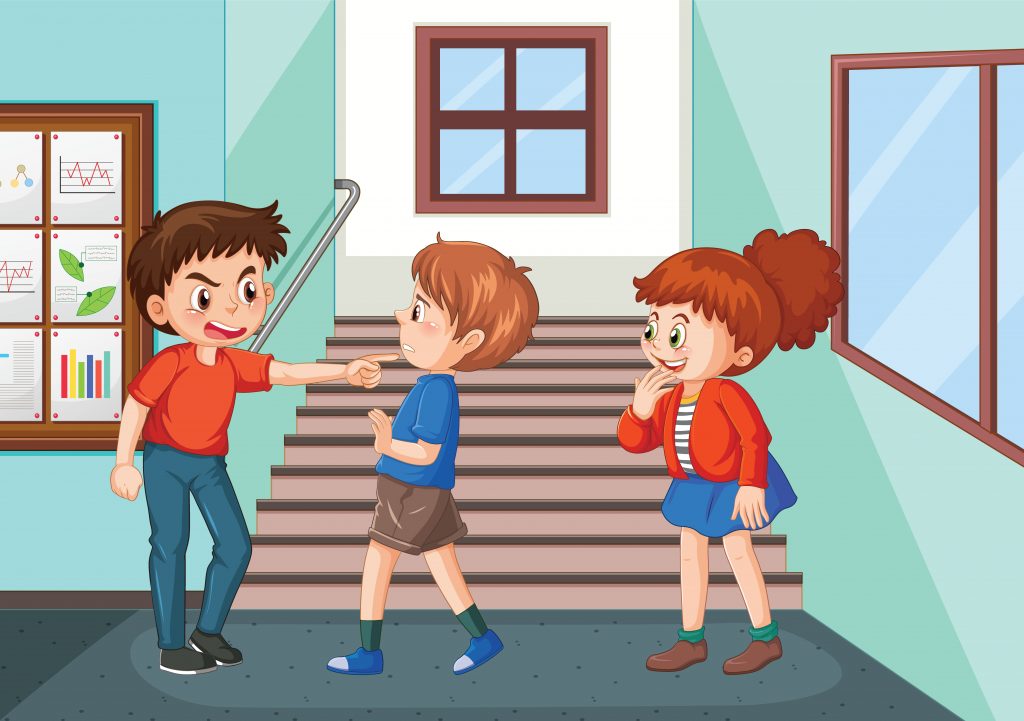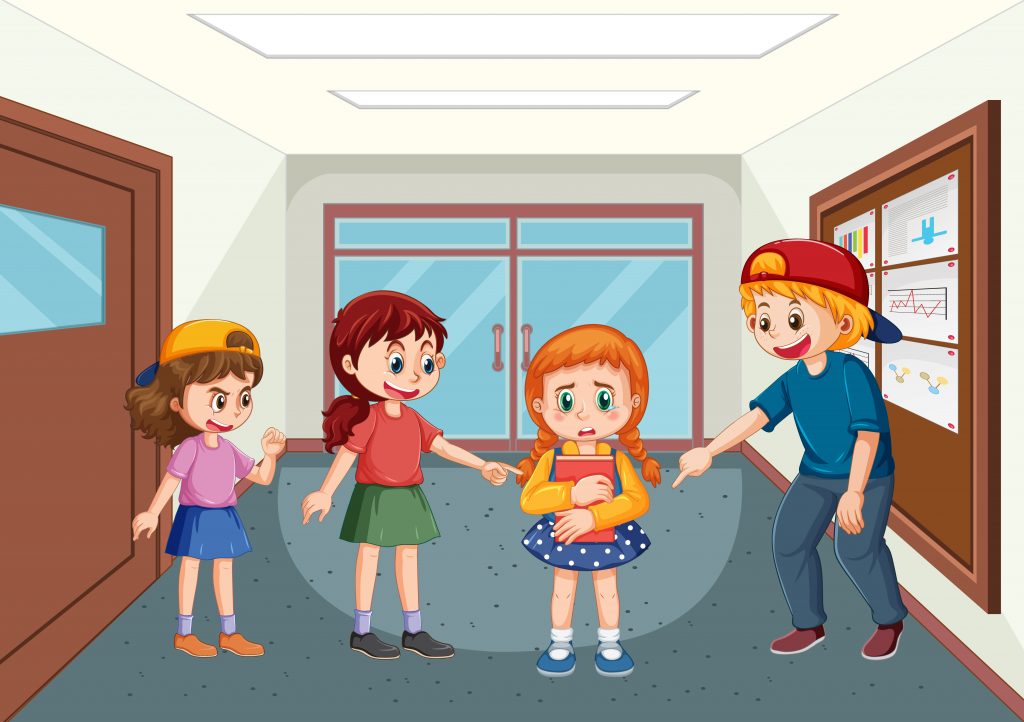When people hear the word “conflict” in relation to school-aged children, the word “bully” generally comes to mind. Although bullies get all the press, they aren’t the only cause of schoolyard friction. When handled well, conflict can lead to positive outcomes. Students benefit from disagreements because it forces them to collaborate, expand their horizons, question their assumptions, and build stronger bonds with one another.

However, teaching children how to resolve conflicts peacefully should remain a top priority if we want to prevent fights from escalating into dangerous situations. Students will benefit greatly from those abilities throughout their life. The first step in teaching students to resolve conflicts peacefully is to help them become self-aware and see the impact their emotions can have on the result of an argument. Disturbances between classmates can be avoided and resolved if students learn to regulate their emotions.
Disputes are inevitable and can start at any time in a person’s life. One example of an individual disagreement is when one toddler takes a toy away from another child.
Disagreements, conflicts, and other forms of conflict are common manifestations of this disorder among older children. Given that life rarely goes according to plan, teaching kids how to resolve conflicts is crucial effectively.
Ways to Help Your Kid Cope with Conflict
Young children benefit greatly from learning conflict resolution skills because it helps them develop emotional intelligence, which is a key component in both conflict avoidance and tolerance, earlier in life. Using this framework, children can learn to find peaceful solutions to issues on their own:
- STOP. Make sure things don’t spiral out of control. Avoid adding fuel to the fire by reacting angrily; doing so will only make the situation worse.
- EXPLAIN the core issues at stake. Make sure you both know exactly what each other want and needs in order to resolve the conflict.

- THINK the bright side. To what extent may your needs be met by this proposed compromise?
- SELECT the most upbeat, mutually beneficial choice.
- HONOR other people’s viewpoints, even if you disagree with them.
Children need to be optimistic, patient, and genuine if they want to resolve conflicts effectively. Here are a few examples of what NOT to do:
- Relying on physical force
- Using name-calling
- Refusing to pay attention
- Interrupting the other person
- Defaming a person’s intelligence
